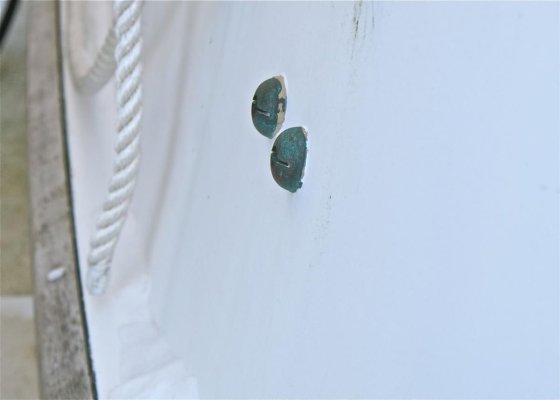MurrayM
Guru
So there I was at the fuel dock with the temperature at minus 7 celsius, a 20 knot north wind, and the vent lines to the fuel tanks were plugged.
Brrrrr went to Grrrrr pretty fast.
Tried to clear the vents with some wire but it must have been fine particles of snow that got blown into the vent holes, then settled at the bottom of a U shape in the lines.
Any tips or gadgets for fueling up when the vent lines are plugged?
For a short term MacGyver solution I was thinking of snaking a small diameter hose down the fill pipe with something at the end which hooks onto the edge at the top of the tank (bottom of the fill pipe). Would have a string attached so as not to lose it and to maintain its position at the top of the tank. Plausible?
There must be a gizmo/solution out there...
Brrrrr went to Grrrrr pretty fast.
Tried to clear the vents with some wire but it must have been fine particles of snow that got blown into the vent holes, then settled at the bottom of a U shape in the lines.
Any tips or gadgets for fueling up when the vent lines are plugged?
For a short term MacGyver solution I was thinking of snaking a small diameter hose down the fill pipe with something at the end which hooks onto the edge at the top of the tank (bottom of the fill pipe). Would have a string attached so as not to lose it and to maintain its position at the top of the tank. Plausible?
There must be a gizmo/solution out there...
Last edited:


